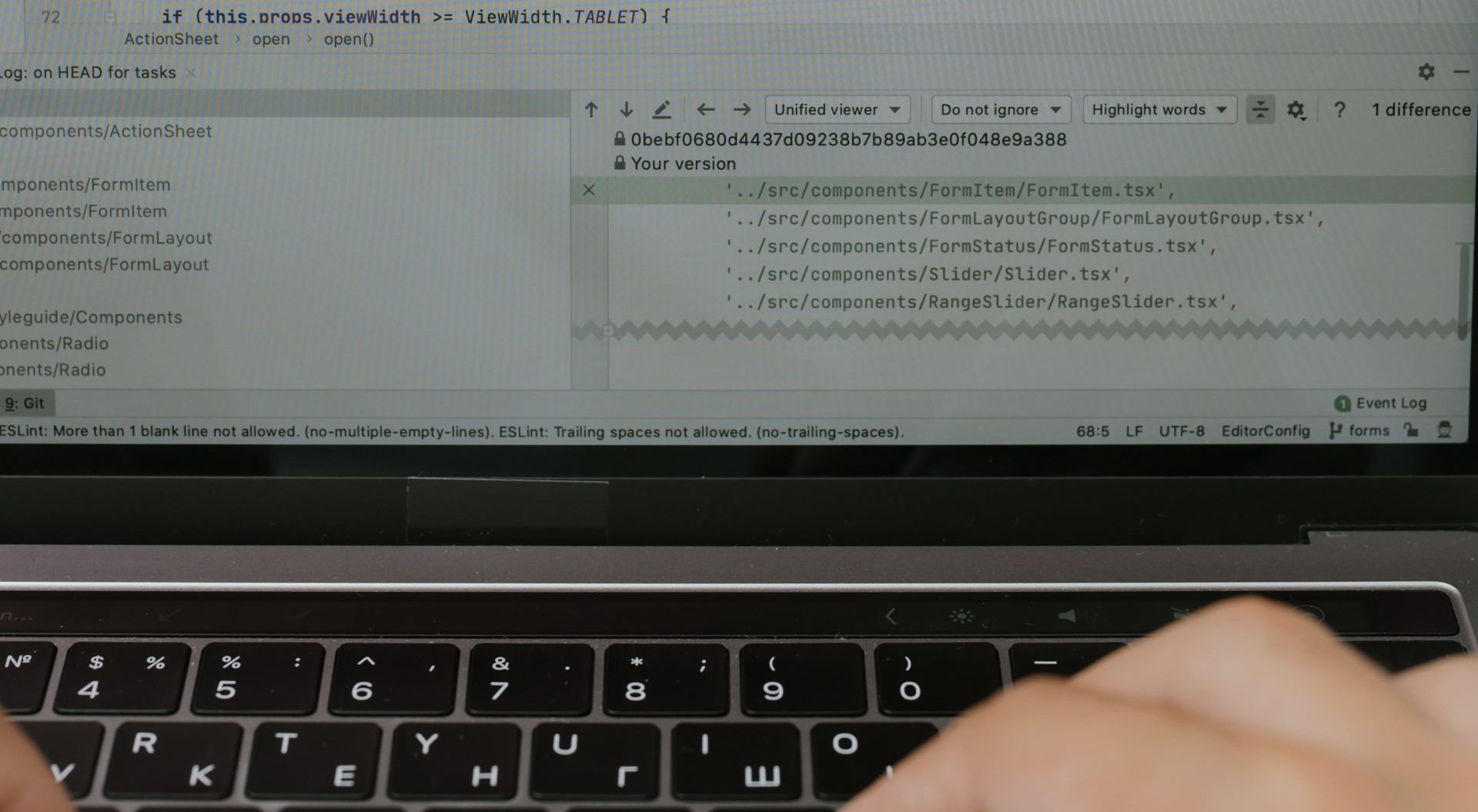
2023 has so far brought with it a surge in cyber attacks that utilised sophisticated techniques such as ransomware, IoT vulnerabilities, and AI-driven threats. These advanced forms of attacks highlight the pressing need for skilled cybersecurity professionals in Australia. Additionally, with more businesses shifting their operations and data to the cloud, there is an urgent need to address cloud security concerns. In this blog post, we’ll explore the top 6 cybersecurity roles that are in high demand in Australia.
Penetration Tester
Penetration Testers are ethical hackers who are hired by organisations to test the security of their IT systems. They attempt to exploit vulnerabilities in a system to gain unauthorised access, providing recommendations on how to improve the security of the system. A crucial role in identifying vulnerabilities before they can be exploited by malicious hackers, improving their overall security posture.
Threat Intelligence
Threat Intelligence Analysts are responsible for monitoring and analysing data related to cyber threats, including malware, phishing, and other types of attacks. They use this information to identify emerging threats and develop strategies to prevent them. Threat Intelligence Analysts play a critical role in ensuring that an organisation’s cybersecurity defenses are up-to-date and effective.
IDAM (Identity and Access Management)
IDAM specialists ensure that only authorised users have access to an organisation’s IT systems and data. They develop and implement policies and procedures related to user authentication, authorisation, and access control. IDAM specialists play a critical role in ensuring data and systems are secure.
Cloud Security Specialist
Cloud Security Specialists are responsible for securing the cloud infrastructure. They are experts in cloud security, cloud architecture, and cloud-based security solutions (AWS, Azure, GCP). They ensure that cloud-based systems and applications are secure and that data stored in the cloud is protected from cyber attacks.
Cyber Security Analyst/Engineer
Cybersecurity Analysts & Engineers protect networks, systems, and data from attacks. They analyse security risks, develop and implement security policies, and monitor network traffic for signs of intrusions. Working closely with the broader security team to identify and mitigate threats, they play a critical role in ensuring the security of an organisation.
Network Security Architect
Network Security Architects are responsible for designing and implementing an organisation’s network security infrastructure. They develop and implement security policies and procedures, identify vulnerabilities in the network, and work to prevent attacks from compromising the network.
In conclusion, the demand for cybersecurity professionals in Australia is rapidly increasing, and these top 6 roles in the field offer exciting and challenging career opportunities for those interested in pursuing a career in cybersecurity. With the right skills, experience, and qualifications, there are plenty of job opportunities available in this dynamic and fast-paced industry.
Do you want the inside scoop on new to market Cybersecurity opportunities? Create a job alert here or get in touch. Follow us on LinkedIn to keep up to date with all things Tech.






